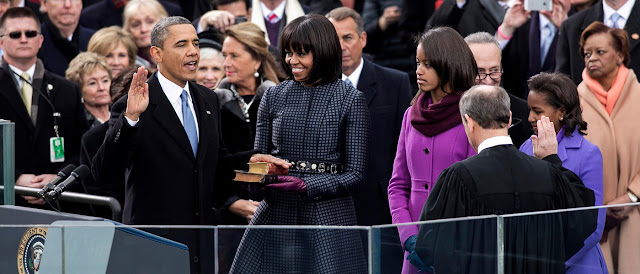Why the jacket vents?
A comment on my Kingsman post sparked an interesting conversation with a friend about how tailored clothing should be both practical and look good.
The question came up: Why vents on a jacket?
It's interesting to note that in a period known for its full cut, pleated trousers (1930s-1950s) the fashion was to have no vents at all on a jacket. This is a curious juxtaposition to me, especially when one considers that men used to wear suits the same way most men now wear jeans and a t-shirt. What baffles me even more are the jackets that had a bi-swing back yet still no vents! Why give freedom of movement in a couple areas but not in another?
Searching the internet has yielded very few real answers, except for the assertion that cinematographers believed ventless jackets filmed cleaner. Whatever that means. Though it's safe to say film had an influence on fashion, perhaps more than it does now in the age of internet, I don't quite think that's the end of the story. Some have claimed that vents are a relatively recent innovation, but that makes little sense as well. Just in the previous decade (1920s), all jackets had a long single vent. Furthermore, all the tailored clothing we now think dressed up was derived from sporting clothes; namely shooting or horseback riding. Those certainly had vents for movement. In short, I'm uncertain why this trend started or lasted so long. Even into the 1960s some suit or sport jackets were being made without vents.
Generally, I follow the guidelines that tuxedos/dinner jackets can be ventless or have double vents, single breasted suits and sport coats can have single or double vents, and double breasted suits and sport coats should always have double vents.
A lot of great things were innovated for menswear in the 1930s. I don't think ventless jackets were one of them. They restrict your movement, place more stress on the buttons, and wrinkle more easily. I used to think otherwise when I was heavy into the vintage clothing community, but now believe some things date badly for a reason.
The question came up: Why vents on a jacket?
It's interesting to note that in a period known for its full cut, pleated trousers (1930s-1950s) the fashion was to have no vents at all on a jacket. This is a curious juxtaposition to me, especially when one considers that men used to wear suits the same way most men now wear jeans and a t-shirt. What baffles me even more are the jackets that had a bi-swing back yet still no vents! Why give freedom of movement in a couple areas but not in another?
Searching the internet has yielded very few real answers, except for the assertion that cinematographers believed ventless jackets filmed cleaner. Whatever that means. Though it's safe to say film had an influence on fashion, perhaps more than it does now in the age of internet, I don't quite think that's the end of the story. Some have claimed that vents are a relatively recent innovation, but that makes little sense as well. Just in the previous decade (1920s), all jackets had a long single vent. Furthermore, all the tailored clothing we now think dressed up was derived from sporting clothes; namely shooting or horseback riding. Those certainly had vents for movement. In short, I'm uncertain why this trend started or lasted so long. Even into the 1960s some suit or sport jackets were being made without vents.
Generally, I follow the guidelines that tuxedos/dinner jackets can be ventless or have double vents, single breasted suits and sport coats can have single or double vents, and double breasted suits and sport coats should always have double vents.
A lot of great things were innovated for menswear in the 1930s. I don't think ventless jackets were one of them. They restrict your movement, place more stress on the buttons, and wrinkle more easily. I used to think otherwise when I was heavy into the vintage clothing community, but now believe some things date badly for a reason.


Fashion is an odd beast. It doesn't always make a lot of sense.
ReplyDeleteI think part of the answer is that, as far as I can tell, double vents were a thirties innovation, but they appear to have remained confined to sports suits, country jackets and slowly began to gain acceptance for double breasted jackets. They were just a little too new to fully catch on.
The single vent became less common, I suspect, for the same reason many people still aren't so keen on them these days - they don't look as good when you put your hand in your pocket and the vent pulls open. The gape is much greater than the cleaner look of double vents.
Fashion changed and the single vent fell out of favour. The fact that suits were a bit looser fitting might have also helped here - they might have seemed not quite so necessary. Finally, I think that in British tailoring vents (single and double) have always been more common, even during periods in the 30s and 40s when the ventless look was most popular.
The single vent still has a lot of presence (and did back then) but it's mostly just American clothing now. I rarely see them even on Italian suits.
DeleteI've come to actually prefer the single over the double vent in sport jackets though. A long single vent is especially at home on a tweed hacking jacket.
It's interesting though since, as I understand it, double breasted jackets used to have double vents by default with Savile Row tailors. They just harmonize far better with the front and the single vent doesn't work as well because of the lack of a pivot point (unlike on two or three button suits which have only one button fastened).